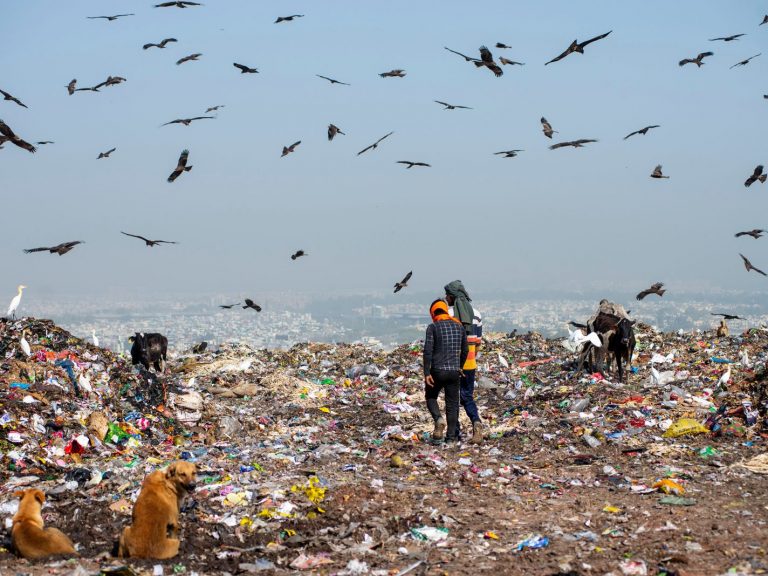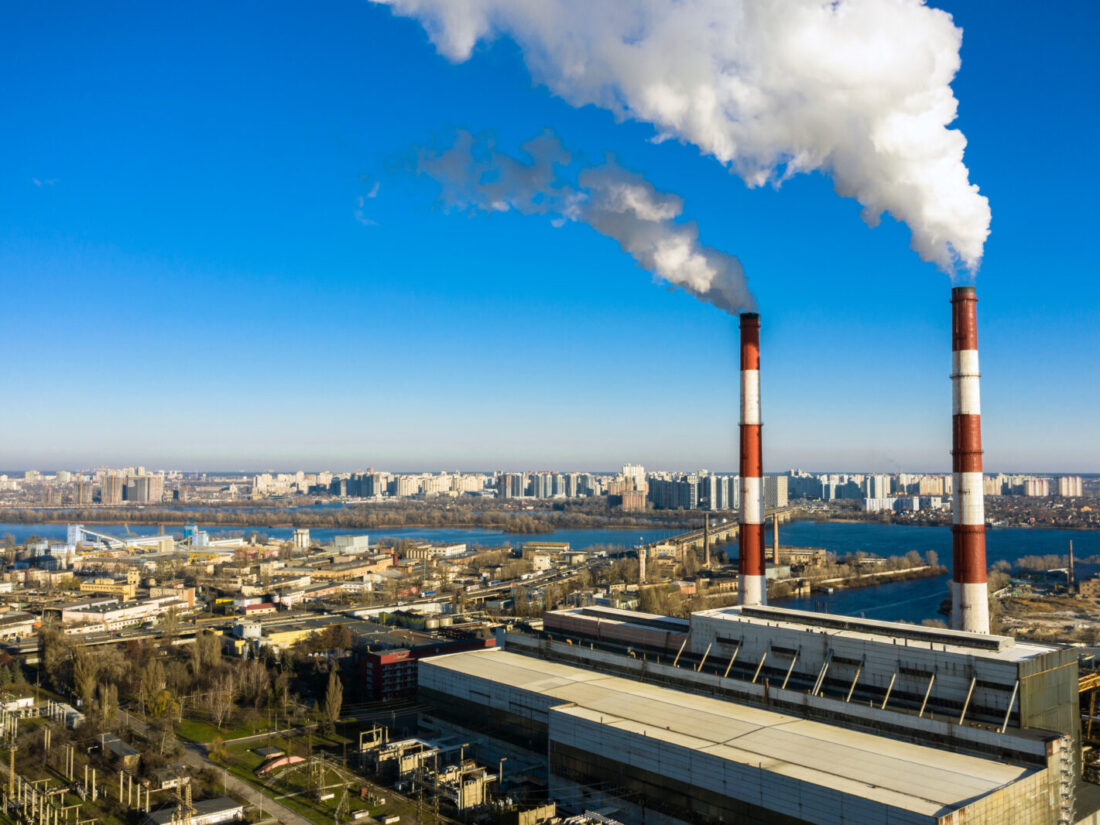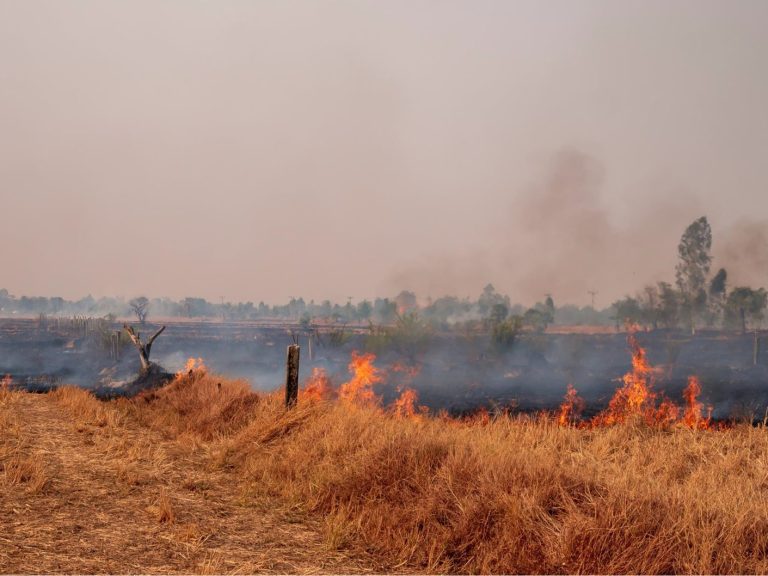
The lack of a well-defined waste management plan has led to many landfill sites outgrowing their available capacity manifold, presenting a host of health and safety hazards.
These include:
Incineration of waste, touted as a solution to the growing landfills, present several other environmental challenges.
These include:
Pollution : They emit stack gases which contains dangerous amounts of heavy metals, dioxins and other toxic gases. The fly ash and bottom ash remaining in the plants after incineration contain high concentrations of heavy metals and other toxic materials that require special handling and disposal. These ashes from incineration can amount to almost 15% of the volume of the feedstock waste.
The pollutants captured by modern filters also require specialist disposal. Even with the most up‐to‐date controls in place, the continuing presence of incineration‐produced pollutants pose a serious threat to human health and the environment.
High capital & maintenance costs
Incinerator plants are very expensive to install and operate. Almost one-third of the cost is allocated to emission control alone.
High energy consumption, low energy efficiency
As incineration is fuelled by calorific content, around 3000 Calories per kilogram is necessary for efficient combustion. However, as the typical calorific content of waste in India is almost one-third this figure, much higher amount of energy is required for combustion and this produces higher pollution levels.


Agricultural reside burning creates massive pollution and degrades soil health, pollution endangers air quality and contributes greatly to increased rates of respiratory illness and death.
This also leads to agriculture friendly micro-organisms getting destroyed, increased utilization of chemical fertilizers and contamination of water bodies.
Wish to do more about treating waste in an environment friendly and cost-effective manner?
© WRM 2025 | Privacy Policy